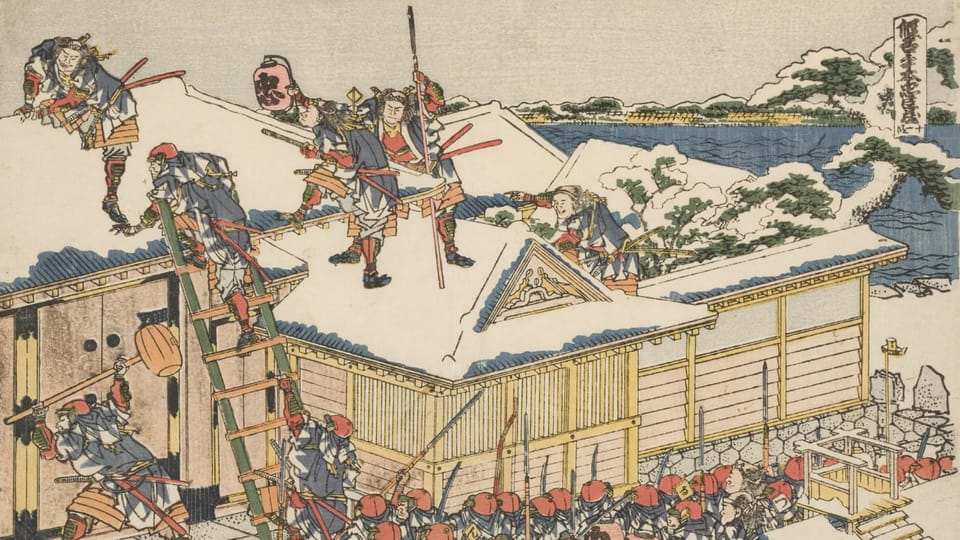Rōnin Rising: From Feudal Outcasts to Cultural Icons

In the gritty, raw streets of feudal Japan, the rōnin were these masterless samurai, wandering the edges of society after their lords—or daimyos—bit the dust, got the boot, or straight up ditched them. Picture this: “rōnin” translates to “wave man,” kind of like a samurai turned rogue drifter, a lone wolf—yeah, not exactly the guy you’d invite to your sake party, more like the one you’d cross the street to avoid. Back in the Nara and Heian heydays, it was the runaway serfs who snagged this not-so-coveted title first, but as the eras rolled by, the samurai got in on the action, getting cut loose and often turning to the dark side to keep the rice cooking.
Cut to the chaos of the Sengoku period, 1467 to 1600, where samurai could flip masters like flipping pancakes—thanks to the non-stop war buffet and a killer demand for sword-swinging badasses. But, hold up—enter Toyotomi Hideyoshi and later the Tokugawa shogunate, who hit the peace button so hard it pretty much benched the whole samurai squad, leaving these swordsmen without a gig, mooching around in their armored threads, pockets turned out.
Now, let’s talk bushidō—samurai code of conduct—that hardcore rulebook that says if your lord gets whacked or you can’t kneel to a new master, you gotta end it all—seppuku style (yeah, that’s the belly-slitting one). It was their way to keep the streets clean of vendettas and keep rogue warriors from turning the whole place into a free-for-all.
But not all rōnin took that exit route. Some of these outcasts kept on keeping on, scraping by as bodyguards or mercenaries, while the more down-and-dirty ones hustled through the underworld, running gambling dens and shaking down the local spots. It’s a tale of survival, battling between their bushid ō bond and the gritty reality of life without a master.
Let’s not forget the 47 Rōnin—these guys are the real MVPs of the ronin world. Their boss, Asano Naganori, got the seppuku order for pulling a sword on a snobby court official. So what do they do? They cook up a revenge plot. They wait, they plan, they strike—slashing their way to justice for their fallen lord, then topping it off with their own seppuku party to stick the landing on their samurai honor.
Their story? It’s legend. It’s got everything—honor, betrayal, revenge—all served up samurai style. But let’s be real, most rōnin weren’t living that epic tale. Their daily grind was more about scraping by, dodging dishonor, and staying off the radar.
Fast forward to today, and “rōnin” has a lighter touch in Japan, kind of a cheeky nod to those young guns floating between high school and the next big step, or the office warriors between jobs. It’s about being in-between, a little lost, a little free—kind of like the original ronin, only with less sword-fighting and more soul-searching.
